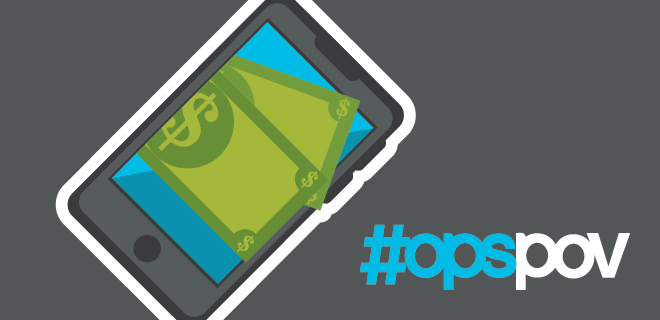
The IAB held a call this week to present its latest Internet Advertising Report, developed from a semi-annual survey conducted by PricewaterhouseCoopers. And the way the numbers sorted out, it became clear that 2016 was the year of… wait for it, this might be a shock…
MOBILE!
Kidding aside, we all know how this sounds. During the call, PwC Director Peter Stubbs said playfully that after several years of people declaring this year the year of mobile, “I think, thank god, this is the year we’ve made it.” And the IAB/PwC analysis asserted that mobile ad spend seriously exploded year-over-year in 2016—with mobile usage driving spend in video, social media, search, display, even audio.
Let’s lay out some of the key numbers here, and keep in mind this all pertains to the U.S. market specifically. Total digital ad spend was up 22% YOY in 2016, to $72.2 billion. Mobile accounted for 51% of digital ad spend—in 2015, by comparison, it was only 35%. Mobile pulled in $36.6 billion in 2016—consider that back in 2012, it was only $3.4 billion.
Video ad revenue is up 53% YOY to $9.1 billion, and mobile was a major driver of that growth. Video spend on desktop was up 16% from 2016, but on mobile it was up 145%. Mobile also made the biggest strides in display and search. On desktop, display is actually down 1% YOY to $13.8 billion, but on mobile it’s up 65%, to $18.1 billion. Mobile search spend is up 91% to $17.2 billion, but on desktop it’s down 13% to $17.8 billion. For the first time in one of these reports, audio was broken out separately—and four out of five of the dollars spent on audio went to mobile.
Overall “internet” ad spend accounted for $72.5 billion, which beats out broadcast ($59 billion) and cable TV ($25.7 billion) if you break them out separately, but obviously not if you lump them together. Print and radio are declining. Cable and broadcast TV each saw only single-digit growth. Meanwhile, in digital, CPMs were up for display (15%, to $13.88) and up a hair for in-stream video (1% to $24.55). Impression-based revenue is up, which IAB EVP and CMO David Doty said indicates there’s demand among brands for quality environments.
Those are the raw numbers themselves. Beyond that, there’s the question of who actually benefits. Increased spending in digital and rising CPMs are all very edifying for the industry at large, but publishers know the lion’s share of the overall take goes to Facebook and Google. The struggle for a lot of publishers, going forward, will be less about convincing buyers of the value of digital, and more about arm-wrestling the duopoly to get a bigger slice of the pie.
The IAB/PwC take doesn’t get into the duopoly’s share, in so many words. The call focused more on “revenue concentrations:” The top 10 companies in digital netted 74% of the market share, same as in 2015. Interpretations vary on how strongly the top two are performing, within that top 10. But Digital Content Next President/CEO Jason Kint (who, incidentally, is going to be at Ops in New York in June, appropriately enough on a panel called “Resist the Duoploy! Side-Stepping Walled Gardens”) Tweeted out an estimate that the duopoly had taken 89% of the growth, and analyst Brian Wieser from Pivotal calculated the duopoly actually commands 77% of gross digital spending and nabbed 99% of YOY growth.
Is there an upside for everyone who isn’t Google or Facebook? Maybe—eventually. Publishers will need to look for their angle in mobile, considering how mobile has become a driver of practically everything in digital. I could’ve sworn I remembered my colleague Gavin Dunaway talking about mobile opportunities for publishers, and I was right about that—if pubs push for better creative and offer native placements, they stand to kick up their revenue in mobile programmatic.
I’ve also written a little about how publishers probably aren’t yet earning the revenue they deserve through platform publishing, because for many pubs, platform publishing has been a fairly experimental space so far. Now that we’re seeing how these content distribution methods can drives traffic, pubs need to put pressure on the platforms (Facebook and Google being the big dogs here) to negotiate better terms, to hold onto more of their own revenue, and also to use platform publishing as a way to tease content and draw more users to publishers’ own sites. After all, publishers—not the duopoly itself—actually create the content that’s driving this traffic we’re talking about. (Gavin elaborated on that point in another article we published today.)
So, while buyers’ ever-increasing interest in spending in digital is great, it’s not exactly a cause for celebration when you start slicking up the numbers and seeing who the biggest winners are. Instead, its’s more of a call to action. We know the revenue is out there. Publishers just have to figure out how to nab it.